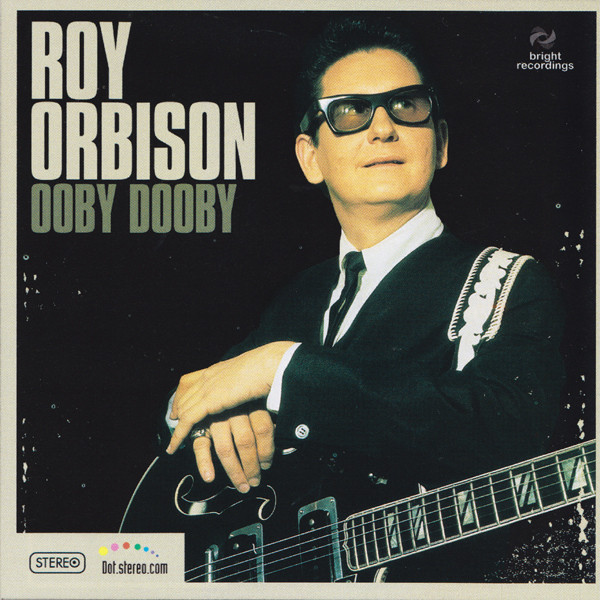
About the song
Roy Orbison’s “Ooby Dooby” is a gem from the early days of rock and roll, a song that captures the raw energy and youthful exuberance of the 1950s. Released in 1956, this track was one of Orbison’s early hits and helped to cement his place in the rock and roll pantheon. Featured on his debut album “Roy Orbison at the Rock House”, “Ooby Dooby” is a lively, upbeat song that showcases Orbison’s distinctive voice and knack for catchy melodies.
The song itself is a straightforward rock and roll tune, driven by a boogie-woogie rhythm and Orbison’s spirited vocals. The lyrics are playful and fun, featuring nonsensical phrases like “Hey baby, jump over here, when you do the Ooby Dooby I gotta be near.” This playful, almost carefree approach to songwriting was typical of the early rock and roll era, reflecting the youthful optimism and energy of the time. The song’s title itself, “Ooby Dooby,” is a whimsical phrase that adds to the fun and infectious nature of the track.
Roy Orbison co-wrote “Ooby Dooby” with fellow Texan musicians Wade Moore and Dick Penner. The song was initially recorded at Norman Petty Studios in Clovis, New Mexico, before Orbison signed with Sun Records, the legendary label that also launched the careers of Elvis Presley and Johnny Cash. Under the guidance of producer Sam Phillips, Orbison re-recorded the track at Sun Studio in Memphis, Tennessee. This version became the hit that rocketed Orbison to fame.
The significance of “Ooby Dooby” goes beyond its catchy tune and playful lyrics. It represents the burgeoning rock and roll movement of the 1950s, a time when young artists were breaking away from the norms of traditional pop and country music to create something new and exciting. The song’s success helped to establish Roy Orbison as a key figure in this movement, showcasing his potential as a leading artist in the industry.
Socially, the impact of “Ooby Dooby” was part of a larger cultural shift. The song’s release came at a time when American youth were beginning to assert their own identity and tastes, distinct from those of their parents. Rock and roll music, with its rebellious spirit and energetic style, became a symbol of this generational change. Songs like “Ooby Dooby” were the soundtrack to a new, more liberated way of life.
Roy Orbison’s vocal performance on “Ooby Dooby” is notable for its energy and enthusiasm. While Orbison would later become known for his operatic voice and emotional ballads, this early track showcases a different side of his talent. His voice, clear and strong, drives the song forward, perfectly complementing the upbeat rhythm and infectious melody.
In conclusion, “Ooby Dooby” is more than just a fun rock and roll song. It is a snapshot of a pivotal moment in music history, capturing the spirit of innovation and rebellion that defined the 1950s. Roy Orbison’s performance on this track, combined with its catchy melody and playful lyrics, ensures its place as a classic in the rock and roll canon. Whether you’re a long-time fan or new to Orbison’s music, “Ooby Dooby” is sure to bring a smile to your face and get your feet tapping.
Video
Lyrics
Hey baby, jump over hereWhen you do the ooby dooby, I want to be nearOoby dooby, ooby doobyOoby dooby, ooby doobyOoby dooby, ooby dooby, ooby doobyDooby dooby doo wah, doo wah, doo wahWell, ya wriggle to the left, you wriggle to the rightYou do the ooby dooby with all of your mightOoby dooby, ooby doobyOoby dooby, ooby doobyOoby dooby, ooby dooby, ooby doobyDooby dooby doo wah, doo wah, doo wahWell, ya wriggle and ya shake, like a big rattlesnakeYa do the ooby dooby ’till ya think your heart’ll breakOoby dooby, ooby doobyOoby dooby, ooby doobyOoby dooby, ooby dooby, ooby doobyDooby dooby doo wah, doo wah, doo wahWell you’ll be a struttin’ ’cause now ya knowHow to do the ooby dooby now baby let’s goOoby dooby, ooby doobyOoby dooby, ooby doobyOoby dooby, ooby dooby, ooby doobyDooby dooby doo wah, doo wah, doo wah